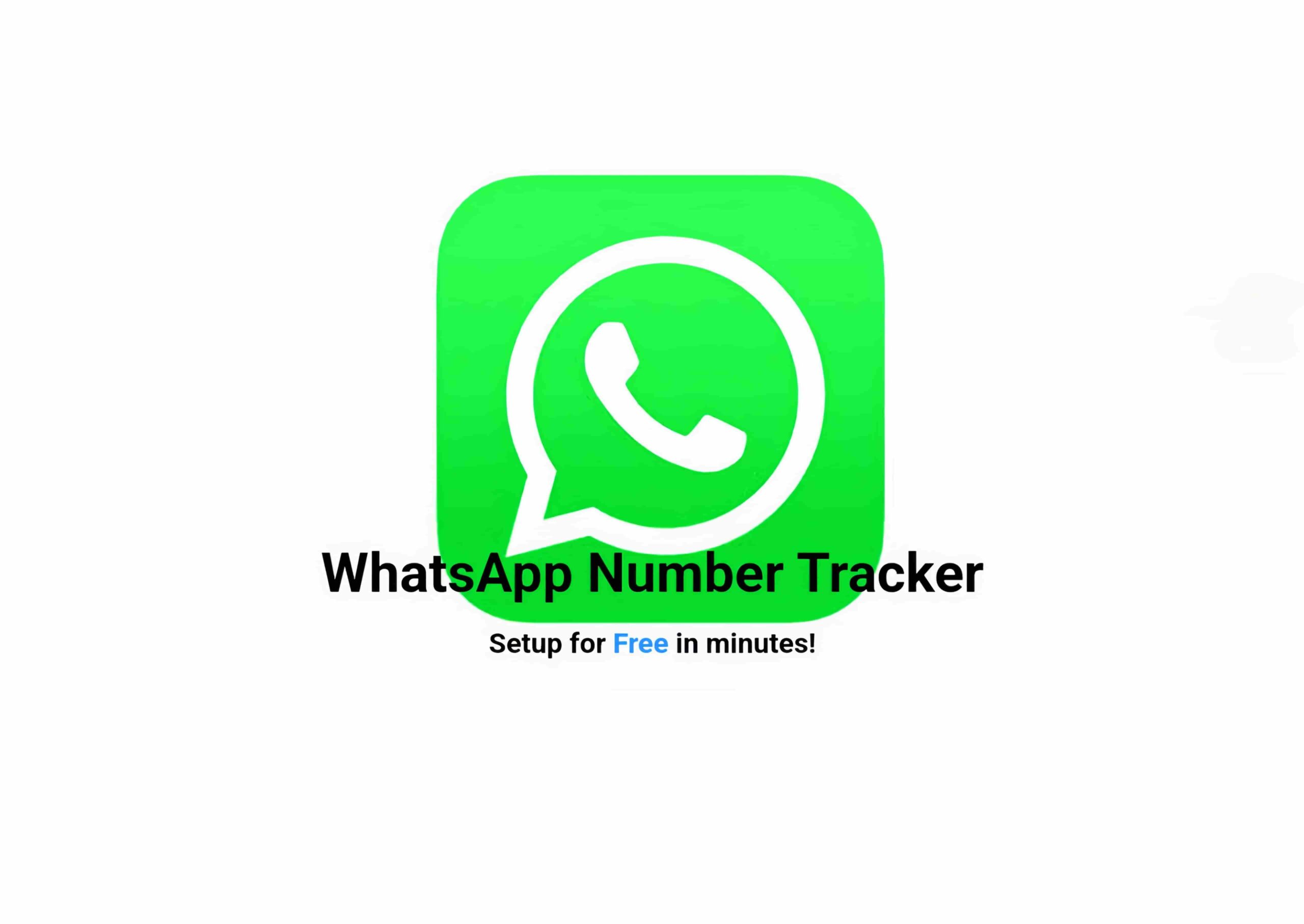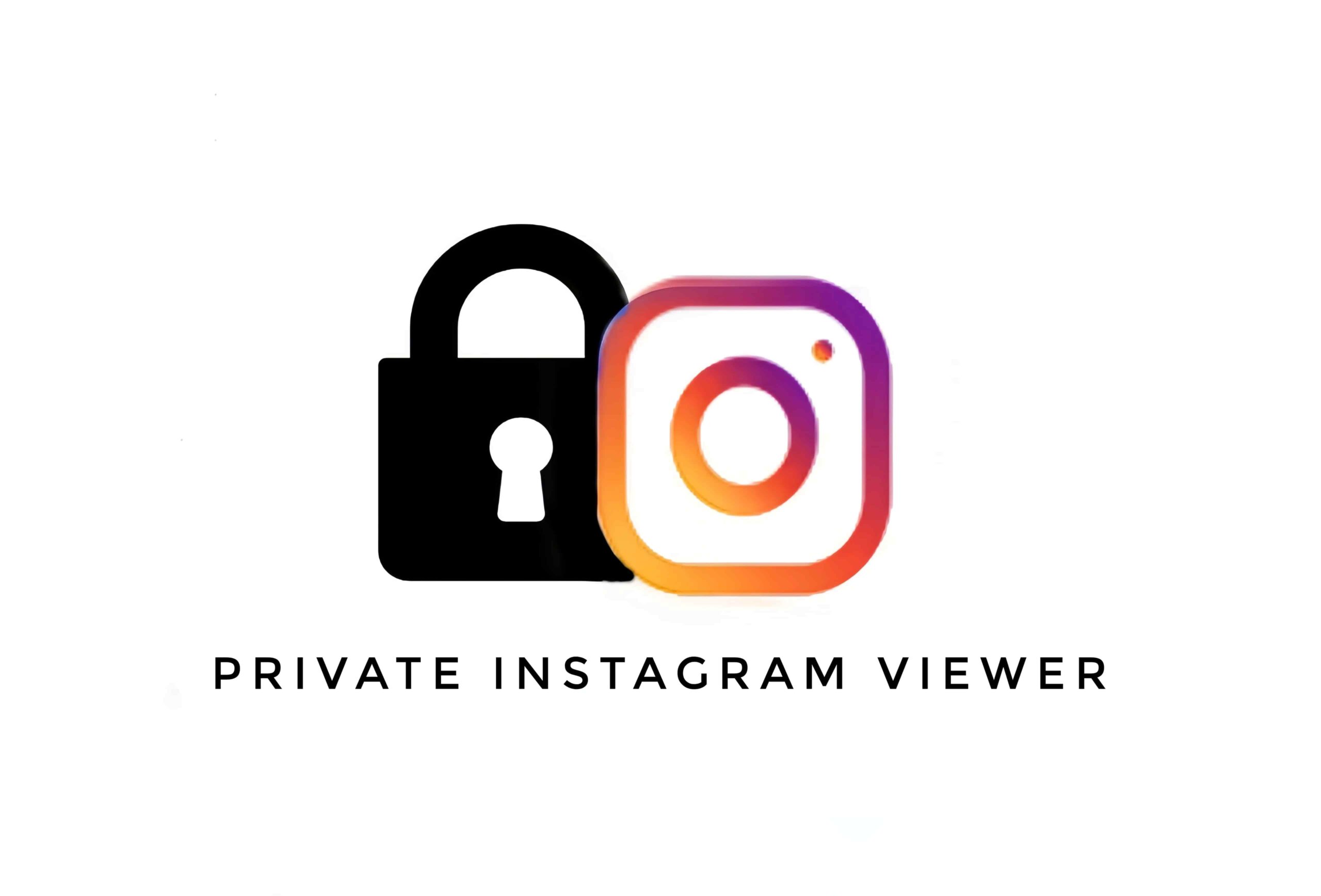So You’re Thinking of Becoming a Freelancer
You’re done building someone else’s business, making them successful. It’s your time now. You want financial freedom and to pick when you work.
Maybe you’re worried you might fail, afraid there’s not enough money in freelancing, and that you might have to move back into your mom’s house. I’ve spent the last 10 years as a freelancer, and you can absolutely make 10, 20, or 30K a month profit with a freelancing business.
If I had to start today, these are the 10 steps that I would follow. At the end, I’m going to show you five ways to land your dream client. Freelancing takes work, but the alternative is staying in a job you don’t like, with no flexibility, capped earnings, and letting your dreams go to die. I don’t want that for you, and I don’t think you want that either.
Step 1: Solve a Problem
Freelancing is about solving problems. Think about what kind of problems you want to solve specifically. Here are some common business or people problems:
Time
People don’t have enough hours in the day to market their business, create content, or grow their brand. Your work helps them save time by providing done-for-you solutions.
Money
Many businesses struggle with sales, cash flow, or just running out of money in general. You help them generate revenue through better marketing, positioning, and creative strategies.
Fulfillment
People want to feel successful, happy, and inspired. You can do this by making them look better to others or by just creating a positive experience for them.
In freelancing, your first giant to overcome is making your first 100,thenyourfirst1,000, and then your first $10,000.
Step 2: Choose a Killer Business Structure
You can be a freelancer and do all of the work yourself, or you can have a freelancing company where you hire out contractors and take a percent of what they do. Both are good models. One is where you’re doing all the work, and the other is where other people are doing all the work, so you don’t need to have the knowledge or know-how or skills.
Personally, I like a combination of both because I like to be knowledgeable about the services that I’m offering. But then, once I figure it out, I can pass it on to a contractor. So I like both models.
Step 3: Dive Deep Into Understanding Your Audience and Your Industry
Research your market. Who are they? What do they need? Does your service solve a legitimate problem for people? Are they spending money on it already? If so, how much money are they spending?
My favorite tools for market research are Frederick AI and Chat-GPT . Most of all, I join groups in my industry of people already succeeding in my field. You would be surprised at how willing people are to share their financial wins, losses, and their general insights. It is a huge hack.
Step 4: Designing Your Dream Business
You have three main goals when it comes to building your freelance company. You need to:
- Get clients
- Get your clients results
- Retain your clients
The goal is to ideally land recurring clients and keep them renewing your contracts. This is going to create security for you and your team.
Make a business plan. Spend some time thinking about your overall vision. How much do you want to make, and what do you need to do to get it?
Step 5: Build a Solid Business Plan
For example, if your goal is 10K a month , you either need:
- Two 5K clients ,
- Five 2K clients , or
- Ten 1K clients .
Write out a rough business plan, your projected expenses, the cost of hiring out your freelancers, or using tools. Then add in your quarterly and monthly milestones.
This next part is important. Make sure to write your daily action plan for success . It’s important to be realistic. It doesn’t need to be perfect; you can make changes as you go.
The purpose of a business plan is just to create a rough outline or path, but as you take action, things might change—and this is okay. You can make changes to the plan as you go and find better alternative pathways.
Step 6: Build Trust Through Strong Branding
Get people to trust you and give you their money by using good branding. Branding can seem scary, but it doesn’t have to be. As a freelancer, you and your work are the brand .
I recently talked to a branding coach, and they said that everybody you know already has a personal brand. It’s the things you associate them with. It could be their personality, their hair, their temperament, their interests, or even just things that they like.
You already have a personal brand; you just have to learn how to share it online. Yes, you can choose certain aesthetics, colors, and beautiful pictures, but what is most important is to share:
- Who you are ,
- What you do ,
- Who you do it for , and
- Why you do it .
The why could be:
“We create one-of-a-kind website experiences so you can turn your followers into paying customers.”
Focus on how you’re helping people. Ask yourself this question: What is your competitive advantage?
Every person has one. For example:
- Maybe you have a lot of time, and you can help business owners who have no time.
- Maybe you’re good at researching or learning, or maybe your pricing is affordable.
Your competitive advantage is likely tied to your interests or passions.
I have a million interests. I’ve tried painting, denim clothing, modeling, dancing, reselling furniture—like every entrepreneurial endeavor.
At first, it stressed me out because I thought I needed to do one thing. It’s led to my competitive advantage because now I’m able to speak on a wide range of topics. Your interests will become your competitive advantage.
Step 7: Build a Strong Portfolio
Building a portfolio is a big part of your branding. The work that you have to show for yourself matters. You want to do as much work as you can in your field so you can show potential clients all that you can do.
Take on free or cheap work until you have a strong portfolio that you can show your clients. One of the biggest branding strategies is giving away free things like:
- Strategy calls,
- Courses,
- Guides, or
- Just free content.
This way, you can gain testimonials, and people will start to see you as an expert in your field.
Step 8: Protect Yourself Legally
You need to protect yourself legally. As a freelancer or freelance company, you will need contracts. My dad always taught me to look over my contracts thoroughly. You never know what could be in there.
I prefer to make my own contracts, and I typically get clients to pay 50% upfront and 50% after completion . Sometimes, I even get 100% upfront . You have to make sure you’re getting paid.
A good tool for this is called Jurro . It’s a contract automation software, so it can make contracts for you, adjust them, and you can sign them there. Another great platform is called Dockhub . It’s a place to manage and organize your contracts all in one place.
Here are some really important things to pay attention to in your contracts:
- Payment terms ,
- Timeline and usage terms ,
- Revisions and edits ,
- Intellectual property rights (so you want to clarify who owns the project after completion),
- Termination , and
- Non-compete or exclusivity clauses .
Step 9: Understand Legal Business Structures
If you aren’t sure whether something in a contract looks good or not, it’s best to consult with a lawyer. However, there’s a little hack. You can use ChatGPT and give it the prompt:
“You’re my lawyer, help me understand this contract.”
Give it the contract, and it’s going to help you understand what all the legal jargon means.
Let’s talk about legal business structures. As a freelancer, you can just be a sole proprietor . But if you start a freelancing business and begin to scale, it may benefit you to run a Limited Liability Corporation (LLC) . This way, you’re protected by your business from any lawsuits or debts. You will also get a lot of other benefits from starting one, so if you want to, just go to your government website to set one up.
Step 10: Create a Sustainable Pricing Strategy
How much should you charge for your services? If you’re just starting out, it’s good to offer lower rates to build your portfolio. Once you’re established, increase your pricing and offer tiered packages. For example, you could have a $1K , $3K , or $5K a month package. Research industry rates or ask ChatGPT , and aim for 3 to 6-month commitments from clients to lock in long-term success.
I tried to rely on one-off gigs for a while, and this caused me so much stress and sleepless nights. As a freelancer, you need to create peace for yourself, and a good way to do this is through recurring revenue . I also wouldn’t recommend pricing yourself hourly. This kind of means you just have another job without any security. I did this for a while, and it took all of my time. So, it’s best to charge clients based on the value you bring them , and you have to be confident in the value you bring.
Joining a community in your niche is going to help you understand the value in your specific industry and find as many ways as you can to communicate the value you bring past the initial service. When it comes to pricing, you want to have a healthy profit margin, and the typical freelance profit margin is about 40% to 70% . So aim as high as you can while still feeling confident that your price is fair for your customer.
The Truth About Attracting Clients
Can I just be honest for a second? For a long time, I thought talent alone would be enough. I had my portfolio, my work was solid, and I just assumed people would find me. I waited and waited, but there was nothing but crickets. I was invisible because the clients that I was hoping for didn’t even know I was there. I kept refreshing my inbox and checking for inquiries that never came.
I then realized that hope was not a good strategy for attracting clients. I found myself broke, frustrated, and questioning if I had what it took to succeed. So, this leads me to my next point.
Five Methods to Attract Your Dream Clients
Here are five methods that you can use to attract your dream clients. You need to set up a funnel. In simple terms, a funnel is a step-by-step process where a business attracts people, gives them the info they need, builds trust, and then encourages them to buy or sign up for something by the end.
Method 1: Cold Outreach
- Emailing and calling people and businesses. Use LinkedIn , Apollo , or Hunter.io for finding leads.
- Use social media platforms to message and get a first point of contact.
- Use Instantly AI to send out automated emails, or hire someone on Fiverr to do it for you.
- Use Monday CRM to track your leads.
Method 2: Inbound Marketing
- Create organic content that attracts clients to you.
- Use Later to schedule posts, CapCut or InShot to edit videos.
- Use Typeform for forms, and ManyChat to automate DMs.
- Loom works well for tutorials, and Zoom or Google Meet is good for strategy calls.
- Post a free lead magnet such as a guide or course where clients have to give you their email to get it.
Method 3: Lead Generation and Paid Ads
- Use LinkedIn , Facebook , or Google to run ads for your business. The best platform depends on your target demographic.
- Use Shopify Email or Mailchimp for email marketing and newsletters.
Method 4: Joint Ventures or Partnerships
- Partner with people who already have access and work with your ideal clients, or partner with referrals who will sell for you and make a percent of the sales.
- Think of people in your immediate network or use platforms like Wellfound , LinkedIn , and other networks to find startup founders in your niche.
- Attend networking events to find aligned people.
Method 5: Associations and Speaking Events
- Go to events and network with people, or present yourself as the expert and teach. Add value to your ideal clients while you’re there.
- Use websites such as Eventbrite , and SpeakerHub for speaking engagements. Or, join a speaker guild or association in your area.
Bonus Method: Platforms
- Do not underestimate platforms. Landing a huge volume of deals through niche platforms where people are already looking for your skills is possible. These are warm leads, meaning they’re looking for your services already.
- Google platforms in your niche to find them.
- Upwork and Fiverr are places to find all kinds of clients, but platforms like Paid are great to find brand deals, or YouTube Jobs to find YouTube gigs.
- The more niche the platform, the better. Start with one of these methods, and then become a master at it. Once you master one, move on to the next one.
Tools and Systems for Success
With all of these methods, you will likely need to schedule discovery calls with your ideal clients, so it’s important to have a booking link. Use an app called Calendly for this, or if you use Shopify, download an appointment booking app on your store, such as BTA or Easy Appointment Booking . Then, do your calls on Google Meet or Zoom .
Hire Out Where Needed
Start hiring freelancers and employees when you have enough extra revenue after covering your bills and putting aside the money you need. For each business, whether you need monthly contractors or just people for short-term projects will vary.
Create a Healthy Money Management System
Do not be afraid to invest in yourself. It is the best investment you will ever make. Invest in your knowledge, your skills, and your network. Buy that ticket to the event. Purchase that book or course. It’ll be worth it.
When it comes to managing your money, a good app is QuickBooks . It’s easy to track expenses, and you can take photos of receipts for taxes.
It’s also good practice to make a spreadsheet of all the money coming in and out of your account and keep track of clients that need to pay you. You don’t want to lose track of who owes you what. Google Sheets is a great platform for this.
If you have international clients, it can be useful to use apps like PayPal to receive money. But know they’re going to take a percentage of your earnings.
One of the best things about freelancing is that you can write off a ton of expenses—your phone, your rent, your equipment, your contractors. So, make sure to track all your monthly expenses.
The thing is, with freelancing, you might have really good months and really bad months. So, it’s important to put money aside just in case.
Overcoming Rejection
The number one challenge with being a freelancer is that you will likely have to deal with a lot of rejection. I used to cry when I got rejected by even one brand.
I needed to learn to develop thick skin . Business is just a numbers game. When you get a rejection, it has nothing to do with you—just your processes.
Rather than taking it personally, always ask yourself:
“What do I need to do to get a yes next time?”
The average conversion rate for cold outreach is 1% to 5% . So, do not beat yourself up if you get 99 rejections. You only need that 1 to succeed!
Final Thoughts
You now have the building blocks to get out there and make your freelance business a reality. Don’t waste time waiting—the time is now !



